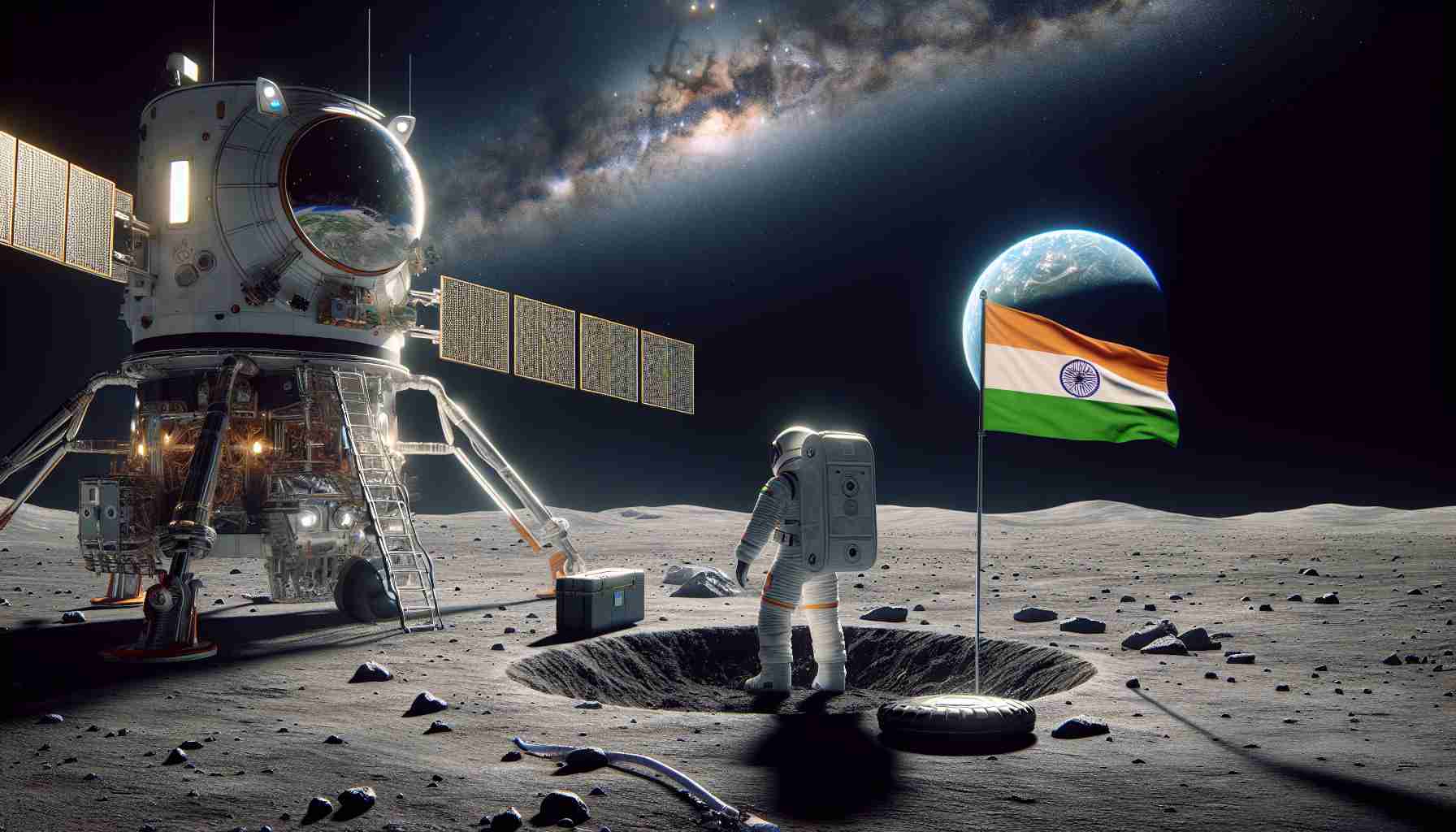India is poised to make history with its inaugural crewed space mission in collaboration with the United States, targeting a lift-off window between April and June 2025. Under this ambitious initiative, an Indian astronaut is set to journey to the International Space Station (ISS), marking a significant milestone in India’s space exploration efforts.
The mission will utilized the SpaceX Falcon 9 rocket alongside the state-of-the-art Crew Dragon spacecraft, representing a convergence of technological prowess from both nations. Indian astronauts Shubhanshu Shukla and his backup, Balakrishnan Nair, are immersed in rigorous training in the United States, building on their prior experiences at Russia’s Gagarin Cosmonaut Training Centre. Their preparations are crucial as they represent not just individual achievements, but the collective aspirations of India’s burgeoning space program.
This historic venture is part of India’s Gaganyaan project, initially announced in 2018 with ambitions to send astronauts into space by 2022. However, pandemic-related challenges have necessitated a revised timeline, pushing the project towards a 2026 target. The forthcoming unmanned test flight in December 2024 will see the introduction of Vyommitra, a robotic prototype designed to validate life support systems, reinforcing the mission’s foundation.
As the mission draws nearer, it symbolizes the uniting of technological ambition and international collaboration, setting the stage for future endeavors in space diplomacy and exploration.
FAQ Section
What is India’s first crewed space mission?
India’s inaugural crewed space mission aims to send an Indian astronaut to the International Space Station (ISS) in collaboration with the United States. The mission is scheduled to launch between April and June 2025.
Who are the astronauts involved in this mission?
The mission will feature Indian astronaut Shubhanshu Shukla as the primary astronaut, with Balakrishnan Nair serving as the backup. Both are currently undergoing extensive training in the United States.
What spacecraft will be used for the mission?
The mission will utilize the SpaceX Falcon 9 rocket and the Crew Dragon spacecraft, showcasing a partnership between India and the United States in space exploration.
What is the Gaganyaan project?
The Gaganyaan project is India’s ambitious initiative aimed at sending astronauts into space. It was first announced in 2018 with an initial target year of 2022, which has since been postponed due to challenges such as the COVID-19 pandemic.
What is the purpose of the unmanned test flight scheduled for December 2024?
The unmanned test flight will introduce Vyommitra, a robotic prototype, to validate life support systems in preparation for the manned mission. This test is crucial for ensuring the safety and functionality of the crewed mission.
What does this mission represent for India?
This upcoming mission signifies not only a milestone in India’s space exploration efforts but also the importance of international collaboration and technological advancement in the realm of space travel.
Key Terms and Definitions
– **Crews Space Mission**: A spaceflight mission that carries astronauts into space, as opposed to unmanned missions.
– **International Space Station (ISS)**: A habitable artificial satellite that serves as a microgravity and space environment research laboratory.
– **SpaceX Falcon 9**: A two-stage rocket designed and manufactured by SpaceX for the reliable and safe transport of satellites and the Dragon spacecraft.
– **Crew Dragon**: A spacecraft developed by SpaceX capable of carrying astronauts to the ISS and returning them safely back to Earth.
– **Gaganyaan**: India’s first crewed spaceflight program aimed at demonstrating indigenous capabilities for human spaceflight.
– **Vyommitra**: A humanoid robotic prototype designed to validate systems necessary for supporting human life in space.
Related Links
ISRO
NASA
SpaceX
